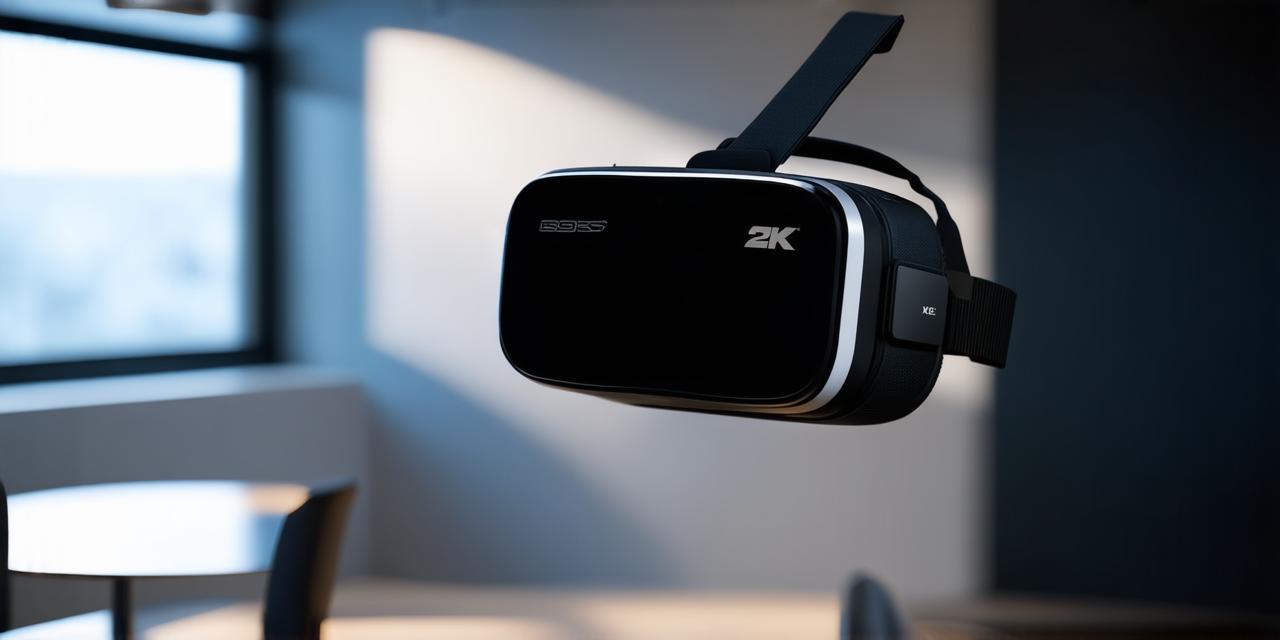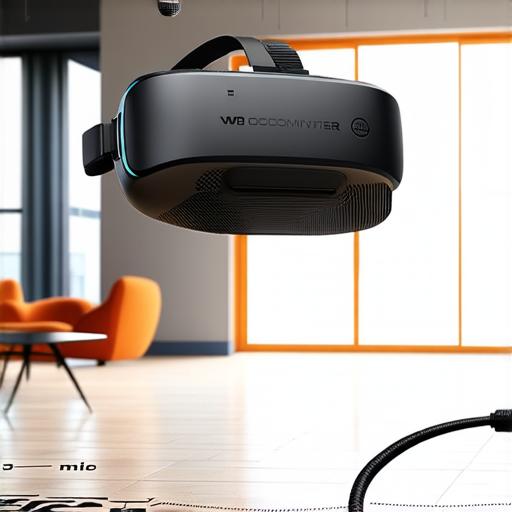
How can someone improve the positional accuracy of a VR headset in a room-scale environment?

When it comes to using virtual reality (VR) headsets in a room-scale environment, ensuring accurate tracking and positioning is crucial for an immersive experience. There are several ways to improve the positional accuracy of your VR headset, which we will discuss in this article.
1. Use a high-quality camera system: The quality of your VR camera system can greatly affect the accuracy of your tracking. A high-resolution camera with a wide field of view (FOV) will be able to capture more data and track your movements more accurately. Additionally, using multiple cameras positioned around the room can help improve accuracy by providing more angles of view.
2. Optimize lighting conditions: Poor lighting conditions can cause shadows and glare, which can affect the accuracy of your VR tracking. Make sure that your room is well-lit, with minimal reflective surfaces to minimize distractions. You may also want to adjust the brightness and contrast settings on your VR headset to help optimize the lighting.
3. Adjust tracking software: Many VR headsets come with built-in tracking software, but you can also use third-party software to improve accuracy. For example, some software allows you to fine-tune the tracking parameters and adjust the sensitivity of the sensors to better match your movements.
4. Calibrate your VR headset regularly: Regular calibration is important for maintaining accurate tracking over time. This involves adjusting the sensors on your VR headset to ensure that they are properly aligned with your body and environment. You should also periodically check the alignment of any other devices, such as controllers or sensors, that you are using with your VR headset.
5. Use room-scale tracking: If possible, use a room-scale VR system that is specifically designed for immersive experiences in larger spaces. These systems typically have more advanced tracking technology and can provide a more accurate representation of your movements within a room.
In conclusion, improving the positional accuracy of your VR headset in a room-scale environment requires careful consideration of several factors. By using a high-quality camera system, optimizing lighting conditions, adjusting tracking software, calibrating your VR headset regularly, and using room-scale tracking when possible, you can ensure that your VR experience is as immersive and accurate as possible.


